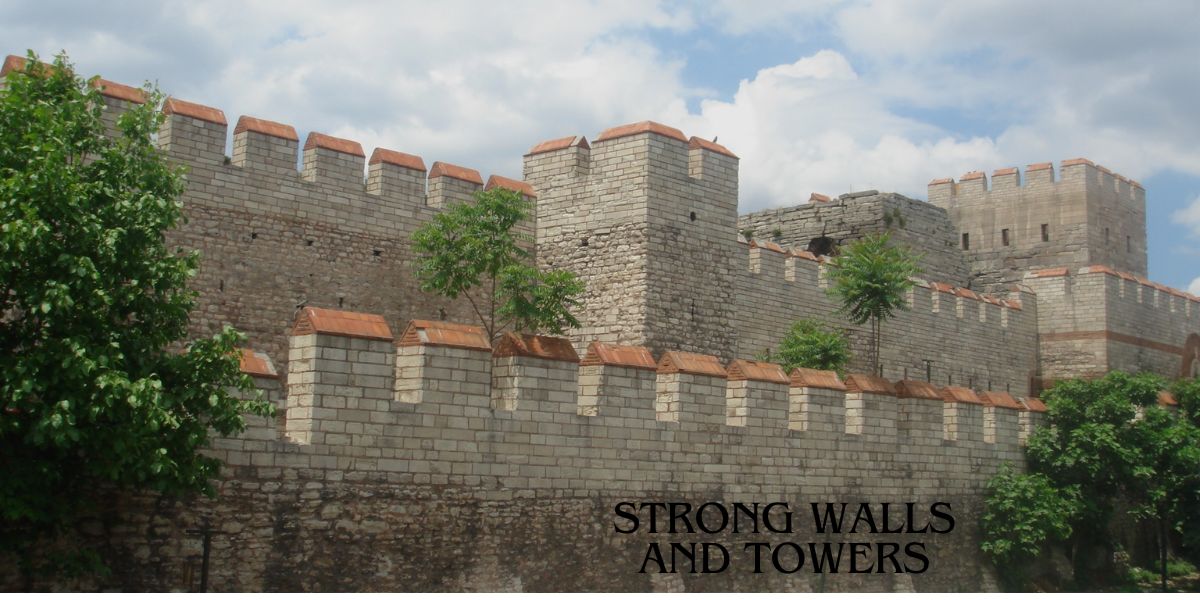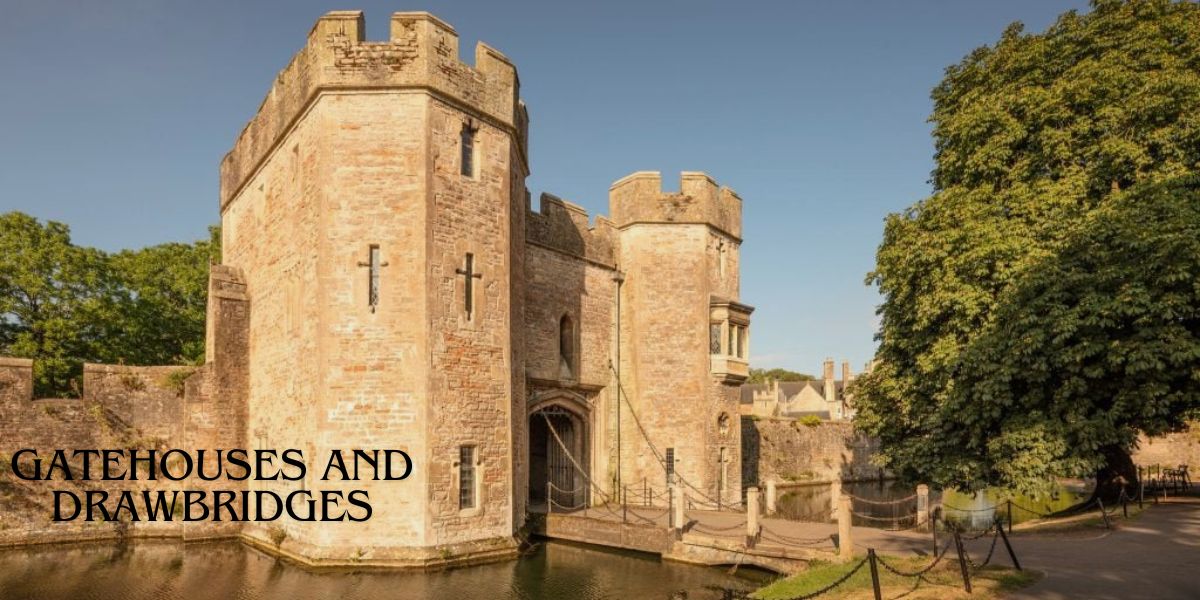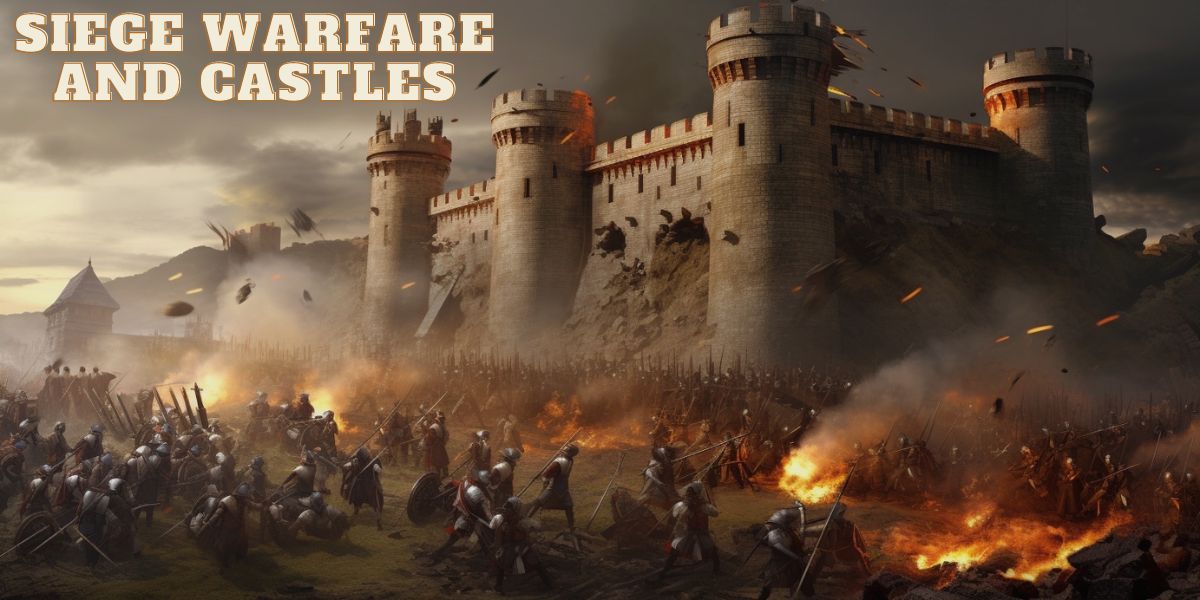Medieval castles were marvels of architecture, designed not only for aesthetics but primarily for defense and survival. From their strategic locations to their intricate structures, these fortresses were constructed to withstand sieges, deter invaders, and ensure the safety of those within. Castles played a central role in the feudal system, providing protection for nobles, soldiers, and the surrounding community.
Strategic Locations of Castles
One of the first considerations in castle construction was location. Medieval architects selected sites that offered natural defensive advantages, ensuring the structure would be hard to attack.
- Many castles were built on hilltops or mountains, providing a clear view of the surrounding area and making it difficult for enemies to approach undetected.
- Riverbanks were another popular choice, as they provided natural barriers and access to water for survival.
- Cliffside locations offered an additional level of defense, as scaling cliffs to attack a castle was a formidable challenge.
By leveraging the natural landscape, castle builders made it nearly impossible for attackers to launch a surprise assault, ensuring the inhabitants had time to prepare for battle.
Strong Walls and Towers
The walls of medieval castles were the first line of defense, built to be impenetrable by enemy forces. Constructed with thick stone, these walls served as a physical and psychological deterrent to invaders.
- The walls of medieval castles were often several meters thick, made of solid stone to withstand battering rams and other siege weapons.
- Towers, strategically positioned along the walls, provided vantage points for archers to defend against attacks from all directions.
- Battlements at the top of the walls allowed defenders to shoot arrows or pour boiling oil down on attackers without exposing themselves.
The architecture of the walls and towers emphasized the importance of height and thickness in protecting the castle’s inhabitants.
Gatehouses and Drawbridges
The entrance to the castle was a critical point of vulnerability, so extra precautions were taken to protect this area. Gatehouses were heavily fortified and designed to make it difficult for enemies to enter.
- Gatehouses featured portcullises, heavy iron grilles that could be lowered to block the entrance.
- Attackers would often face a series of gates rather than just one, ensuring multiple layers of defense.
- Drawbridges spanned moats or ditches, allowing access when lowered and cutting off entry when raised.
This multi-layered entrance system added significant delay to any attempted invasion, allowing defenders more time to react and protect the castle from within.
Moats and Ditches
Moats are one of the most recognizable defensive features of medieval castles, designed to create a physical barrier around the structure. Far from just a picturesque water feature, moats played an essential role in defense and survival.
- Moats were typically filled with water, making it difficult for attackers to approach the castle walls without being slowed down or exposed.
- In some cases, moats were dry ditches, often filled with spikes or other obstacles that would prevent siege towers or ladders from being effective.
- Moats also served as a psychological deterrent, as attackers knew crossing the water or ditches would leave them vulnerable.
By surrounding the castle with a moat, defenders could better control access points, making it harder for siege weapons to reach the walls.
Defensive Architecture: The Keep
At the heart of many medieval castles was the keep, the last line of defense in the event of a breach.
- Keeps were often located in the most secure area of the castle, typically the center or highest point.
- Built with thick stone walls and narrow windows, keeps provided protection from both attackers and the elements.
- Inside the keep, there were often provisions for long-term survival, including food stores, water supplies, and living quarters.
The keep was not only a defensive structure but also a symbol of power and strength, showing. The outer defenses were breached, the castle’s inhabitants could still survive.
Arrowslits and Murder Holes
Medieval castles were equipped with various architectural features designed to maximize the defensive capabilities of the soldiers stationed within. Arrowslits and murder holes were two such innovations that helped defenders repel attackers without exposing themselves to danger.
- Arrowslits were narrow vertical openings in the walls that allowed archers to shoot arrows at attackers while remaining shielded from return fire.
- Murder holes were located in ceilings above entrances, allowing defenders to drop rocks, hot oil, or other materials on enemies attempting to breach the gates.
- These defensive elements gave defenders a tactical advantage, allowing them to inflict significant damage on attackers while staying protected.
These innovations made medieval castles formidable, allowing a small group of defenders to hold off larger forces by using the architecture of the castle itself as a weapon.
Siege Warfare and Castles
Castles were often the target of siege warfare, where enemy forces would surround the castle and attempt to break through its defenses.
- Many castles had underground storage areas for food and supplies. The ensuring that the people inside could survive for weeks or even months.
- Wells within the castle walls provided a steady supply of fresh water, a critical resource during a siege.
- Secret passages or sally ports allowed defenders to sneak out and launch surprise attacks on besieging forces or receive supplies.
Conclusion:
The Legacy of Medieval Castles
Medieval castles stand as monuments to the ingenuity and strategic thinking of their time. These fortifications were not just homes for nobility.
Features like moats, arrowslits, and murder holes gave defenders significant advantages, allowing a smaller force to repel much larger armies.
The design of castles also took into account the need for long-term survival during sieges. The provisions for food, water, and even escape routes.
Today, many medieval castles remain as enduring symbols of this era, showcasing the architectural and military genius of the time. The defensive architecture of these castles continues to inspire admiration for the resilience and resourcefulness of medieval societies.





